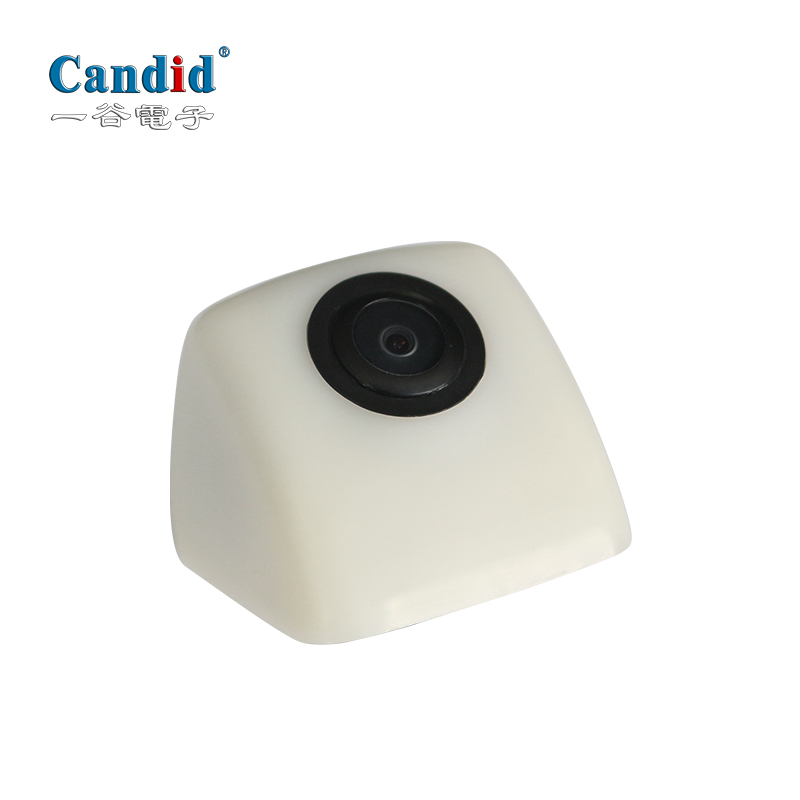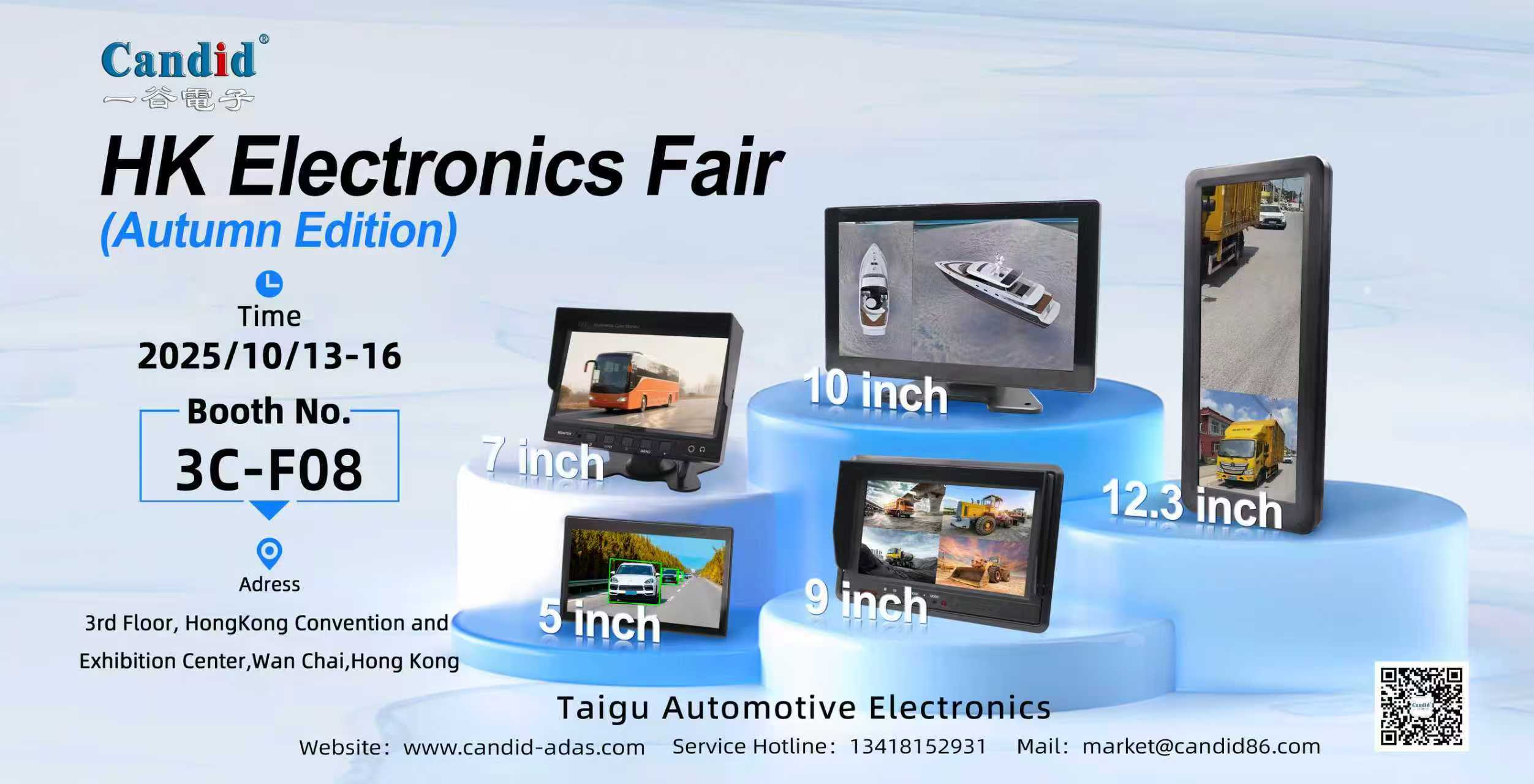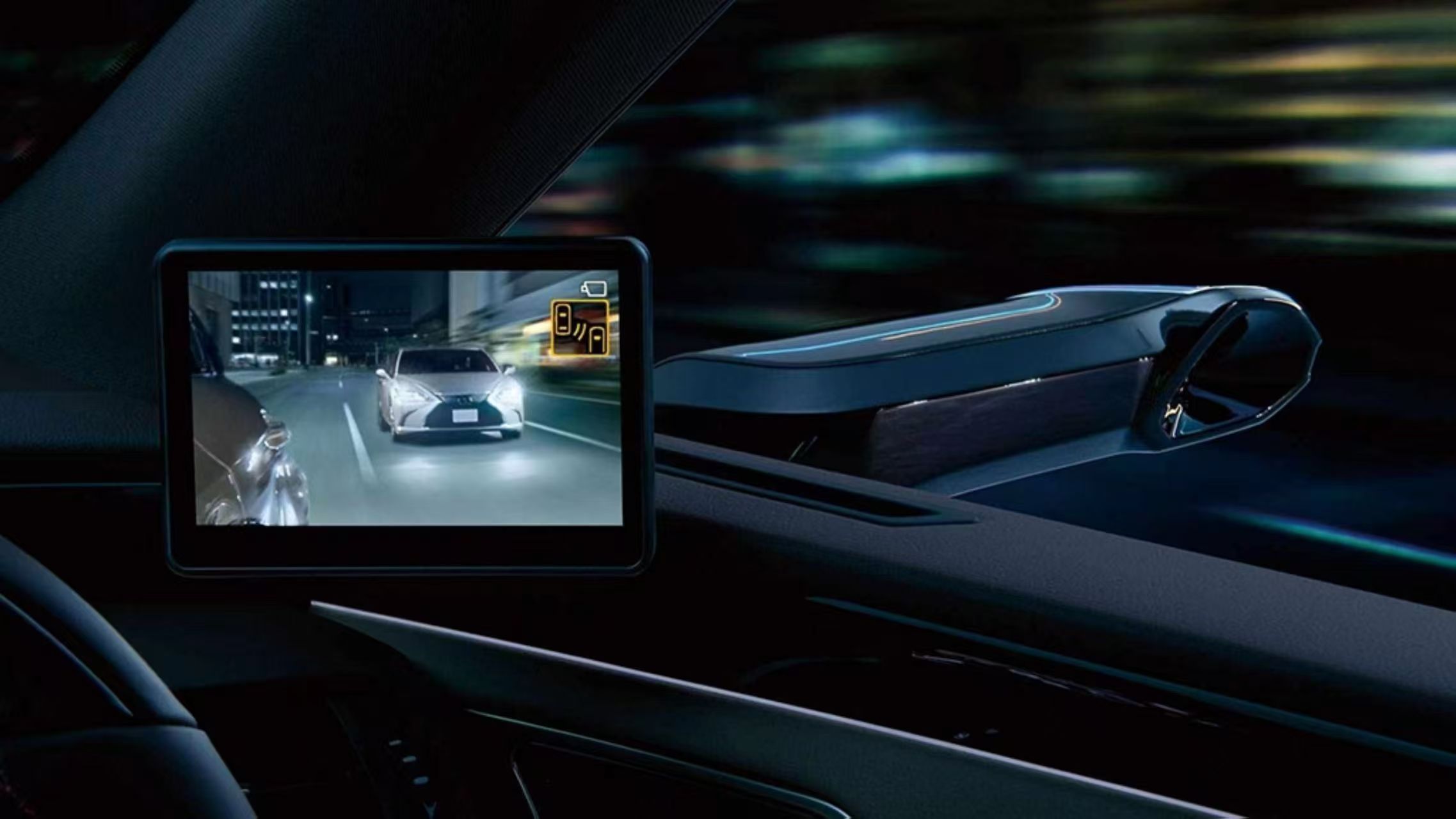
How to choose a camera with a good value for shopping
How to choose a camera with a good value for shopping
From the point of view of the composition of the camera, the quality of a camera is mainly determined by the hardware: the lens, the main control chip and the photosensitive chip.
Lens
The five-layer "full glass" is also considered the top camera lens. The composition of the lens is the lens structure,
It consists of several lenses, usually plastic or glass. Generally, the lens structures used for cameras are: 1P, 2P, 1G1P, 1G2P, 2G2P, 4G, etc. The more lenses, the higher the cost; glass lenses are more expensive than plastic. Therefore, a good quality camera should use a glass lens, and the imaging effect will be better than that of a plastic lens. In order to reduce costs, most camera products on the market generally use plastic lenses or semi-plastic semi-glass lenses (ie: 1P, 2P, 1G1P, 1G2P, etc.).
Photosensitive chip
(SENSOR) is an important part of the digital camera, which is divided into different components.
CCD (Charge Coupled Device) is generally a high-end technical component used in photography and imaging. The application technology is mature and the imaging effect is better, but the price is relatively expensive.
CMOS (Complementary Metal-Oxide Semiconductor) is used in products with lower image quality. Compared with CCD, it has low price and low power consumption.
The advantages of CCD are high sensitivity, low noise, and large signal-to-noise ratio. However, the production process is complex, costly, and power consumption is high.
The advantages of CMOS are high integration, low power consumption (less than 1/3 of CCD), and low cost. But the noise is relatively large and the sensitivity is low. Earlier CMOS has higher requirements for light sources. In products that use CMOS as photosensitive components, automatic gain enhancement technology for image light sources, automatic brightness and white balance control technology, color saturation, contrast, edge enhancement, and Advanced image control technology such as horse correction can approach the effect of a CCD camera.
CCD imaging under the same pixel is often very good in transparency and sharpness, and the color reproduction and exposure can be guaranteed to be basically accurate. However, CMOS products tend to have average permeability, weak color reproduction capabilities for real objects, and poor exposure.
High-end cameras basically use CCD photosensitive components, while mainstream products are basically evenly split between CCD and CMOS. Generally speaking, the effect of CCD is better. The size of CCD components is mostly 1/3 inch or 1/4 inch. Under the same resolution, it is better to choose a larger component size. Users can choose according to their own preferences.
First of all, do not use it in a backlit environment (this is the same with CCD), especially do not point directly at the sun, otherwise the tragedy of "magnifying glass burning ants" will happen to your camera. Secondly, the ambient light should not be too weak, otherwise it will directly affect the image quality. There are two ways to overcome this difficulty. One is to enhance the surrounding brightness, and the other is to choose products that require a small minimum illumination. Some cameras can already reach 5lux.
The last thing to pay attention to is to use the lens zoom reasonably. Don't underestimate this point. Through correct adjustment, the camera can also have the function of shooting chip. Among the digital cameras sold in the market, CCD and CMOS are basically evenly divided. Limited by market conditions and market development, there are few manufacturers that use CCD image sensors for their cameras. The main reason is the high cost of using CCD image sensors.
Master chip
The choice of DSP is determined according to the cost of the camera and the degree of market acceptance. The design and production technology of DSP has gradually matured, and there is not much difference in various technical indicators, but some DSPs need to be further improved in subtle links and driver programs.
Pixel
(Resolution) is the sensor pixel, that is, how many pixels of the camera we often say, is one of the important indicators to measure the camera, some products will be marked with 300,000 pixels or 350,000 pixels in the box. In practical applications, the higher the pixel of the camera, the better the quality of the captured image, but on the other hand, it is not that the higher the pixel, the better. For the same picture, the higher the pixel, the better the ability to parse the image. It is strong, but the amount of data recorded by it will be much larger, so the requirements for storage devices are much higher, so the current mainstream products should be used when choosing. Due to the influence of camera prices, computer hardware, imaging effects and other factors, cameras on the market are basically sold at the 300,000 pixel level. Also, because the CMOS imaging effect is not ideal at high pixels, the market that dominates high-pixel cameras is still CCD cameras. It is worth noting that some resolution marks refer to the interpolation resolution that these products can achieve with software. Although it can also appropriately improve the accuracy of the resulting image, there is still a certain gap compared with the hardware resolution.
Capture speed
The video capture capability is realized through software, so the requirements for the computer are very high, that is, the processing power of the CPU must be fast enough, and the capture capability is also different for different picture requirements. At present, the maximum resolution of the camera to capture the picture is 640×480. Under this resolution, no digital camera can achieve the capture effect of 30 frames per second, so the picture will be jittery. It is more realistic that the combination of hardware and software at 320×240 resolution may reach the standard rate of capture index, so for the complete video capture speed, it is only a theoretical index.
In addition to the above, factors that can be considered include the accompanying software, the appearance of the camera, the sensitivity of the lens, whether it has a built-in microphone, etc.
From the point of view of the composition of the camera, the quality of a camera is mainly determined by the hardware: the lens, the main control chip and the photosensitive chip.
Lens
The five-layer "full glass" is also considered the top camera lens. The composition of the lens is the lens structure,
It consists of several lenses, usually plastic or glass. Generally, the lens structures used for cameras are: 1P, 2P, 1G1P, 1G2P, 2G2P, 4G, etc. The more lenses, the higher the cost; glass lenses are more expensive than plastic. Therefore, a good quality camera should use a glass lens, and the imaging effect will be better than that of a plastic lens. In order to reduce costs, most camera products on the market generally use plastic lenses or semi-plastic semi-glass lenses (ie: 1P, 2P, 1G1P, 1G2P, etc.).
Photosensitive chip
(SENSOR) is an important part of the digital camera, which is divided into different components.
CCD (Charge Coupled Device) is generally a high-end technical component used in photography and imaging. The application technology is mature and the imaging effect is better, but the price is relatively expensive.
CMOS (Complementary Metal-Oxide Semiconductor) is used in products with lower image quality. Compared with CCD, it has low price and low power consumption.
The advantages of CCD are high sensitivity, low noise, and large signal-to-noise ratio. However, the production process is complex, costly, and power consumption is high.
The advantages of CMOS are high integration, low power consumption (less than 1/3 of CCD), and low cost. But the noise is relatively large and the sensitivity is low. Earlier CMOS has higher requirements for light sources. In products that use CMOS as photosensitive components, automatic gain enhancement technology for image light sources, automatic brightness and white balance control technology, color saturation, contrast, edge enhancement, and Advanced image control technology such as horse correction can approach the effect of a CCD camera.
CCD imaging under the same pixel is often very good in transparency and sharpness, and the color reproduction and exposure can be guaranteed to be basically accurate. However, CMOS products tend to have average permeability, weak color reproduction capabilities for real objects, and poor exposure.
High-end cameras basically use CCD photosensitive components, while mainstream products are basically evenly split between CCD and CMOS. Generally speaking, the effect of CCD is better. The size of CCD components is mostly 1/3 inch or 1/4 inch. Under the same resolution, it is better to choose a larger component size. Users can choose according to their own preferences.
First of all, do not use it in a backlit environment (this is the same with CCD), especially do not point directly at the sun, otherwise the tragedy of "magnifying glass burning ants" will happen to your camera. Secondly, the ambient light should not be too weak, otherwise it will directly affect the image quality. There are two ways to overcome this difficulty. One is to enhance the surrounding brightness, and the other is to choose products that require a small minimum illumination. Some cameras can already reach 5lux.
The last thing to pay attention to is to use the lens zoom reasonably. Don't underestimate this point. Through correct adjustment, the camera can also have the function of shooting chip. Among the digital cameras sold in the market, CCD and CMOS are basically evenly divided. Limited by market conditions and market development, there are few manufacturers that use CCD image sensors for their cameras. The main reason is the high cost of using CCD image sensors.
Master chip
The choice of DSP is determined according to the cost of the camera and the degree of market acceptance. The design and production technology of DSP has gradually matured, and there is not much difference in various technical indicators, but some DSPs need to be further improved in subtle links and driver programs.
Pixel
(Resolution) is the sensor pixel, that is, how many pixels of the camera we often say, is one of the important indicators to measure the camera, some products will be marked with 300,000 pixels or 350,000 pixels in the box. In practical applications, the higher the pixel of the camera, the better the quality of the captured image, but on the other hand, it is not that the higher the pixel, the better. For the same picture, the higher the pixel, the better the ability to parse the image. It is strong, but the amount of data recorded by it will be much larger, so the requirements for storage devices are much higher, so the current mainstream products should be used when choosing. Due to the influence of camera prices, computer hardware, imaging effects and other factors, cameras on the market are basically sold at the 300,000 pixel level. Also, because the CMOS imaging effect is not ideal at high pixels, the market that dominates high-pixel cameras is still CCD cameras. It is worth noting that some resolution marks refer to the interpolation resolution that these products can achieve with software. Although it can also appropriately improve the accuracy of the resulting image, there is still a certain gap compared with the hardware resolution.
Capture speed
The video capture capability is realized through software, so the requirements for the computer are very high, that is, the processing power of the CPU must be fast enough, and the capture capability is also different for different picture requirements. At present, the maximum resolution of the camera to capture the picture is 640×480. Under this resolution, no digital camera can achieve the capture effect of 30 frames per second, so the picture will be jittery. It is more realistic that the combination of hardware and software at 320×240 resolution may reach the standard rate of capture index, so for the complete video capture speed, it is only a theoretical index.
In addition to the above, factors that can be considered include the accompanying software, the appearance of the camera, the sensitivity of the lens, whether it has a built-in microphone, etc.




